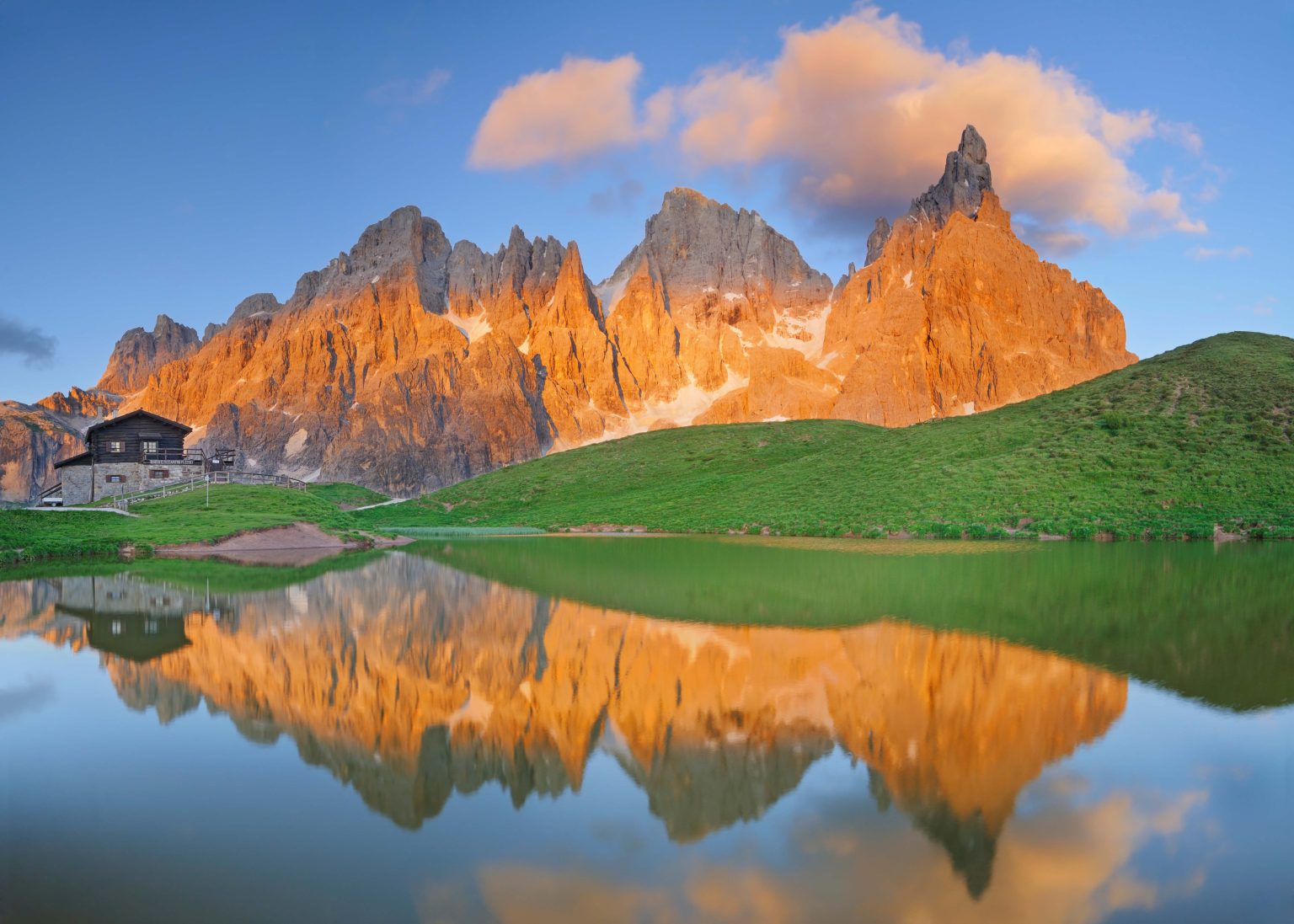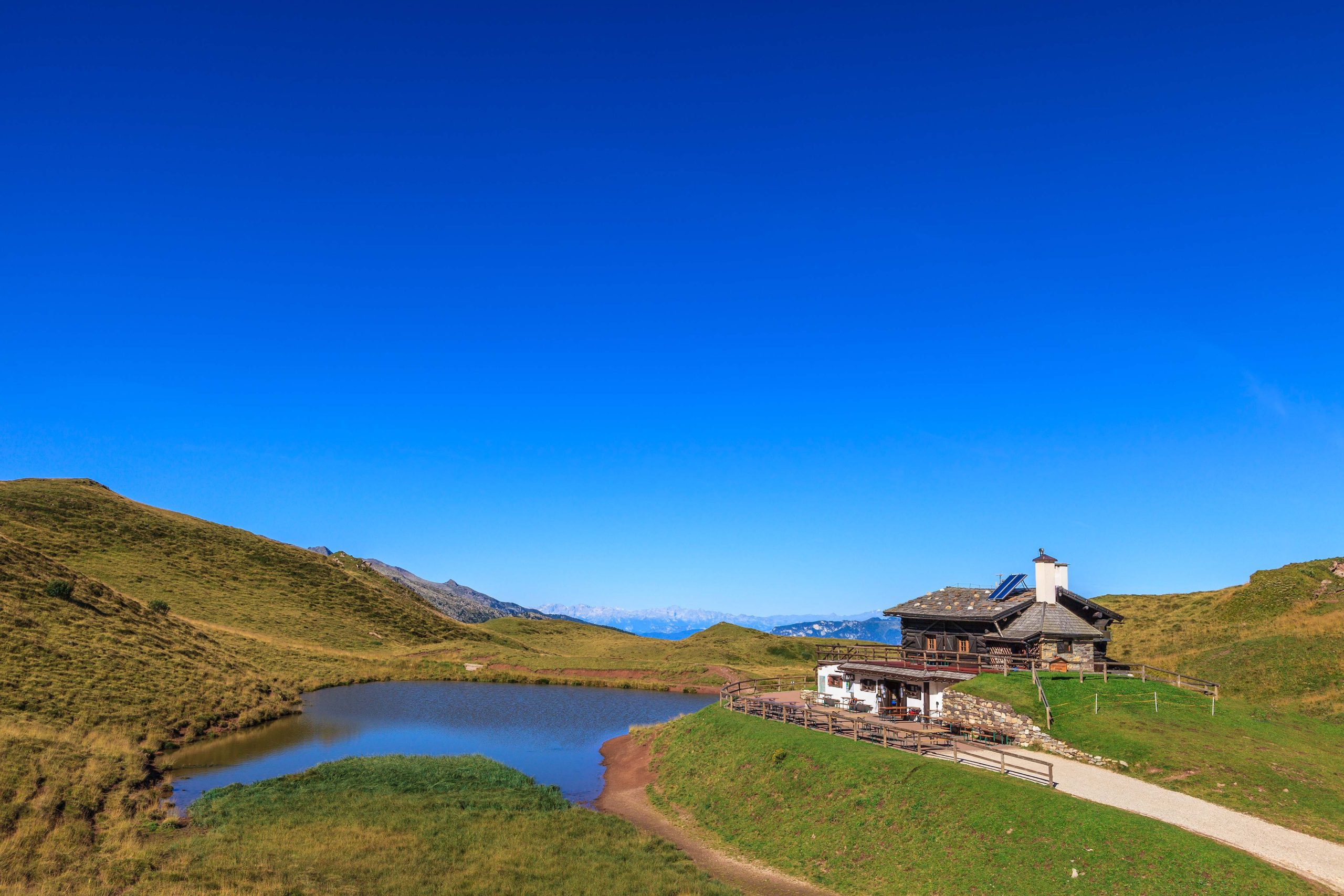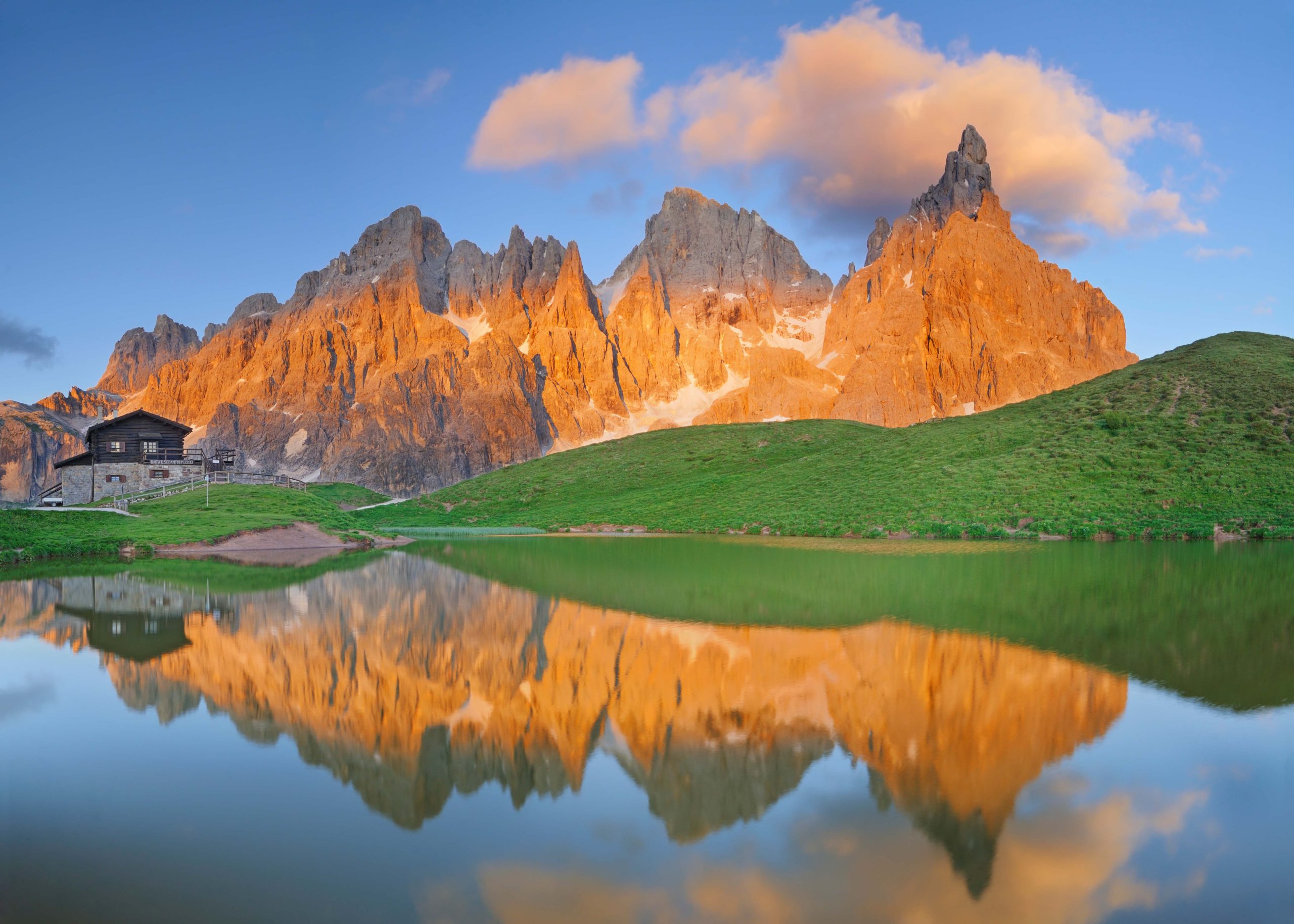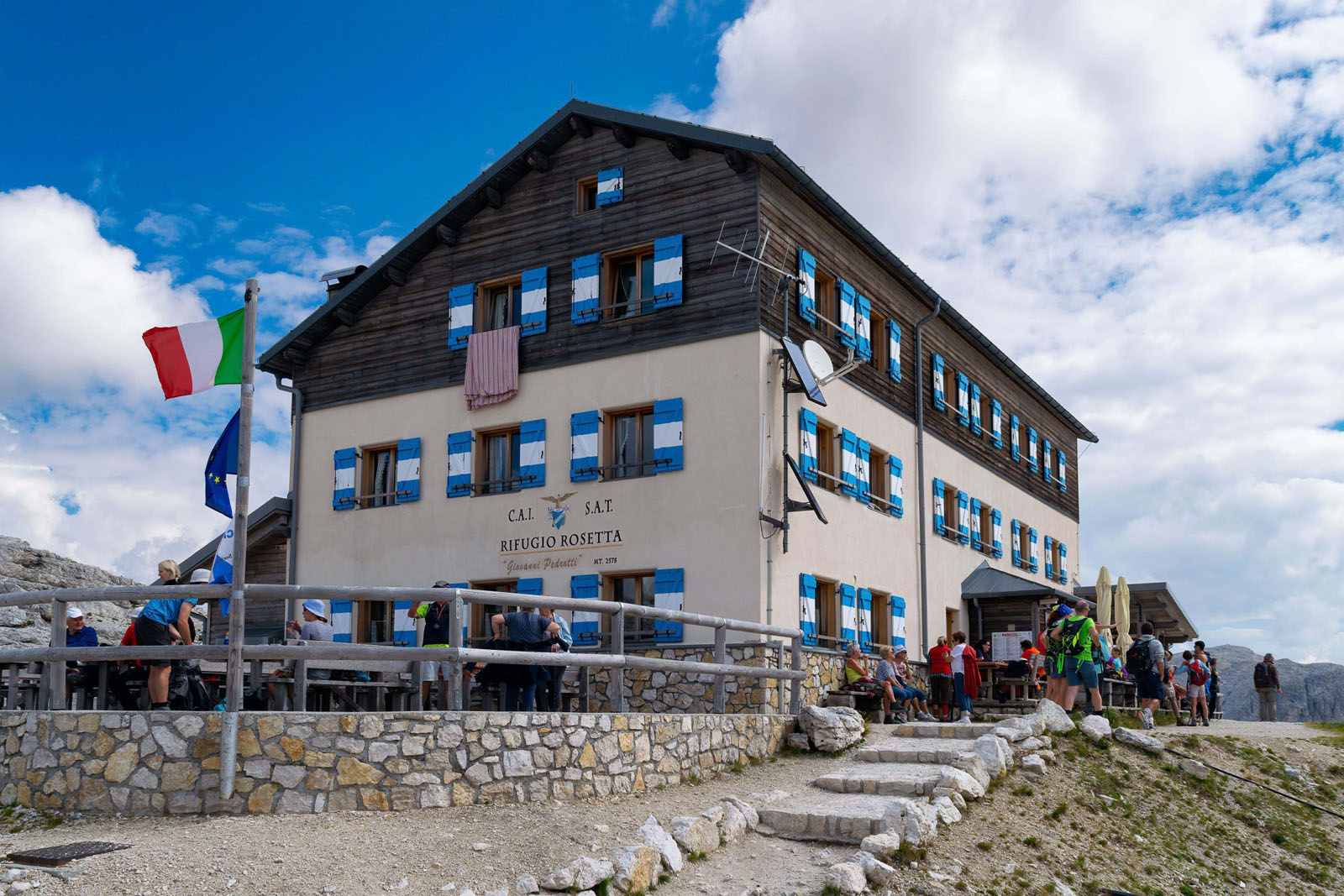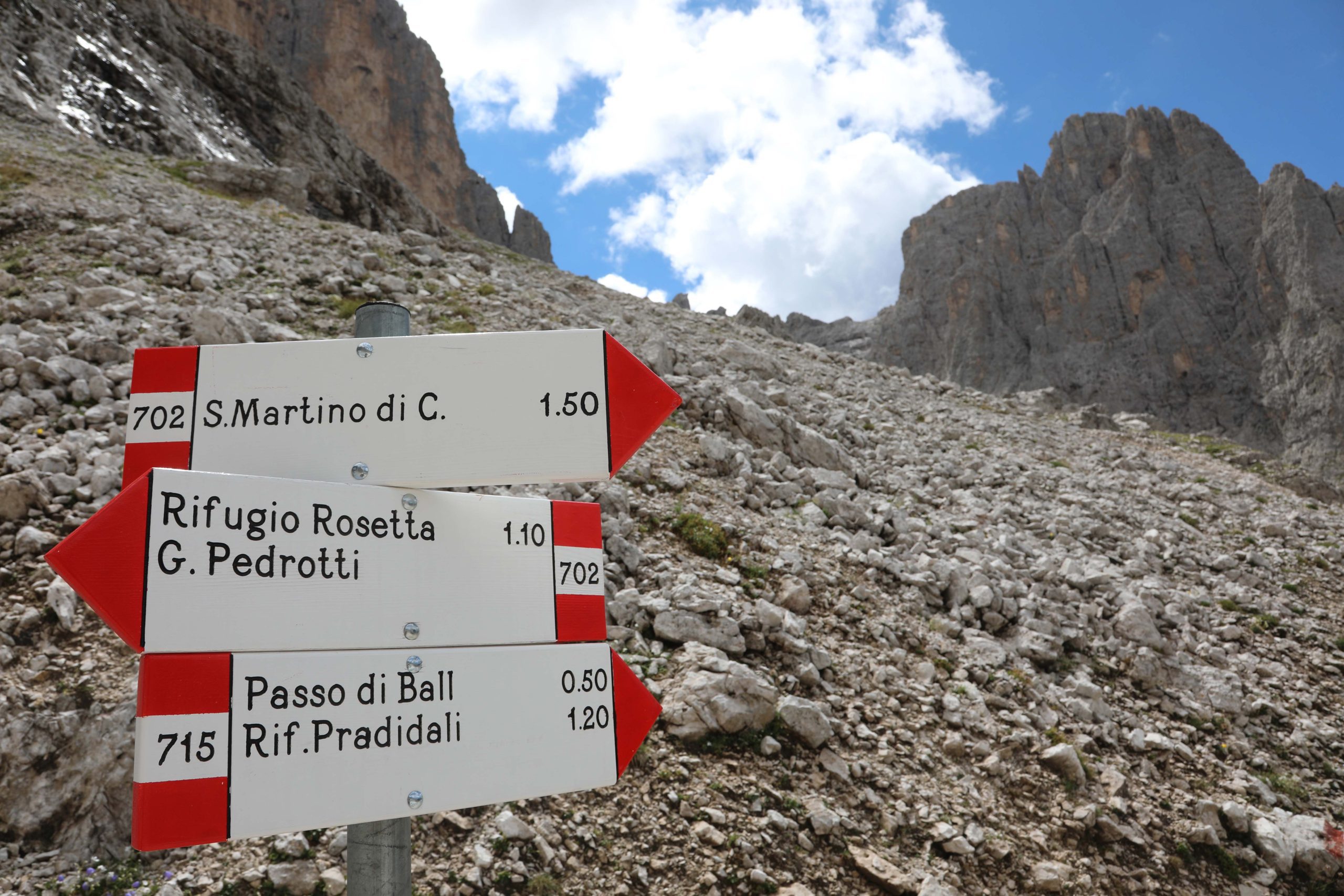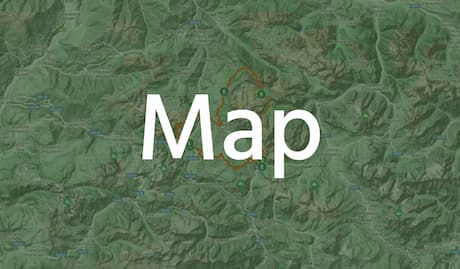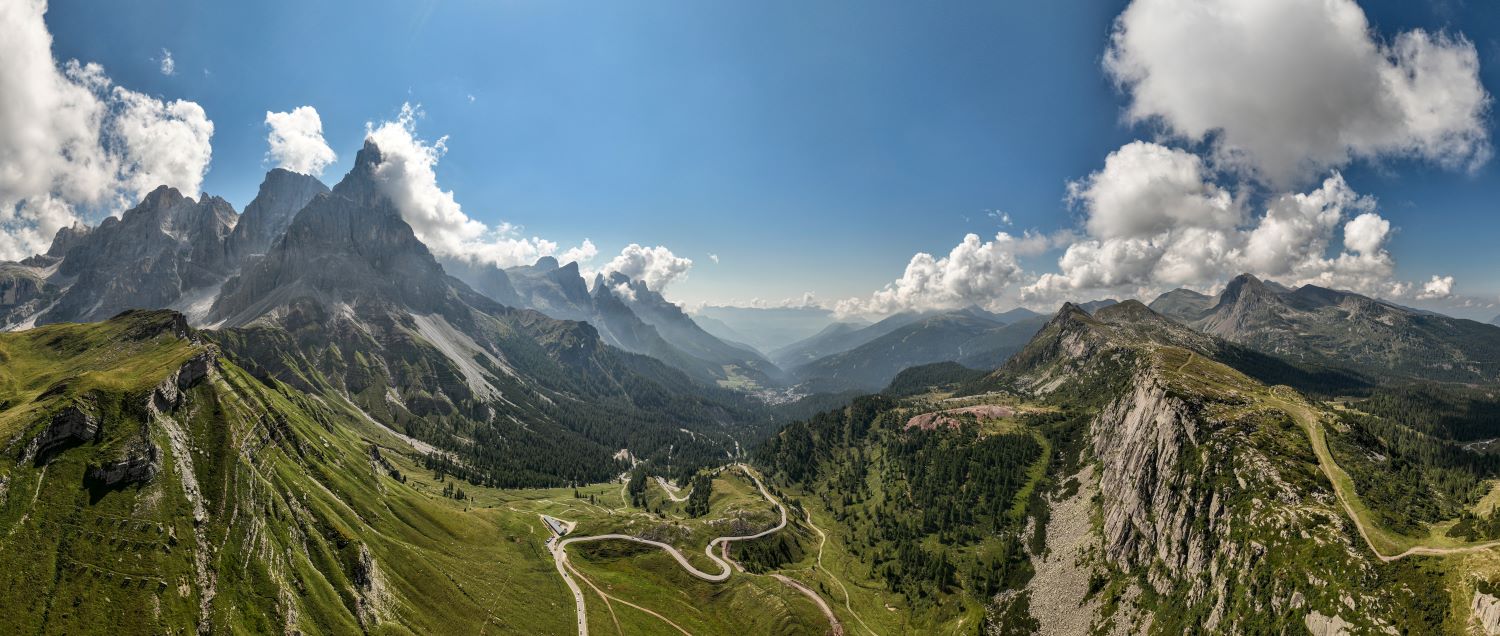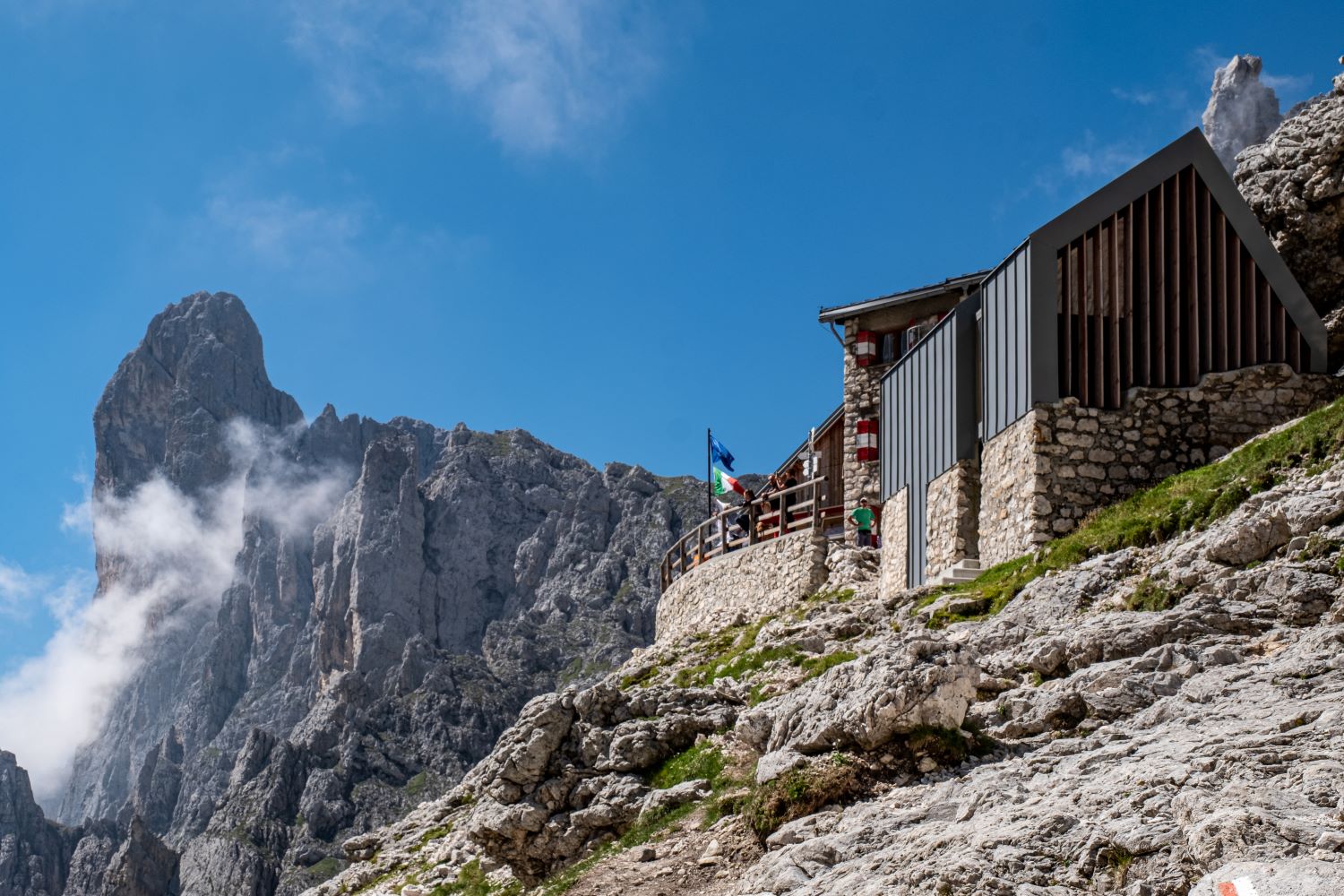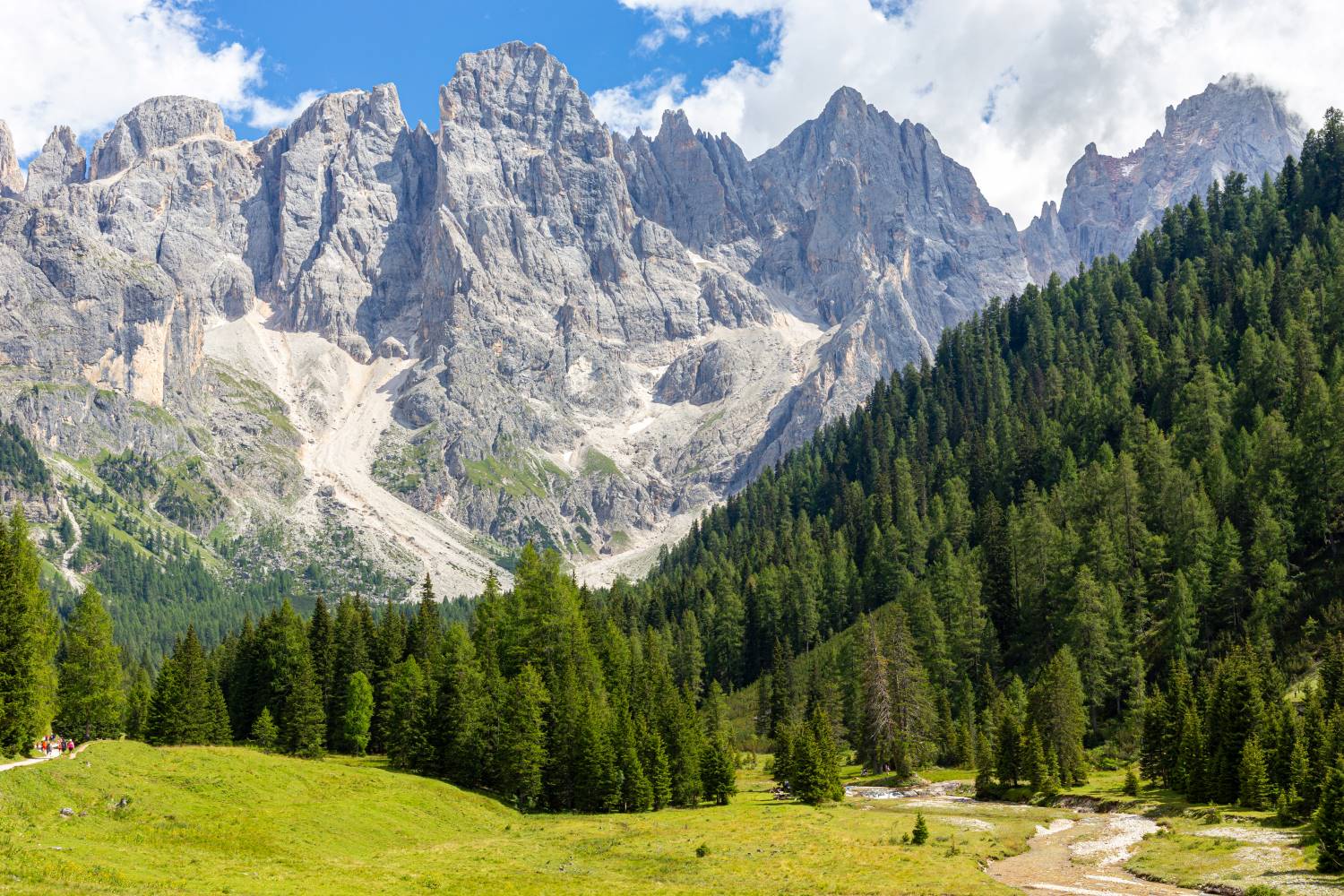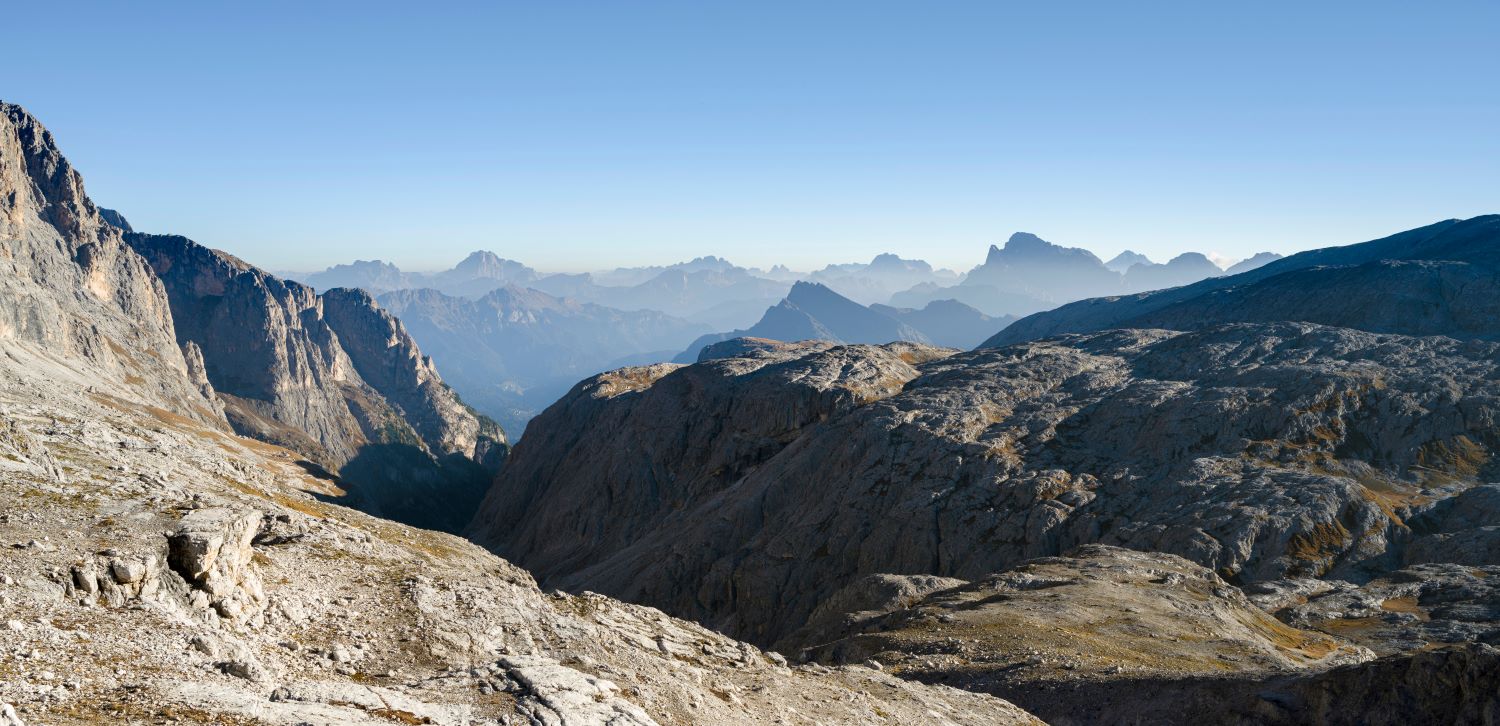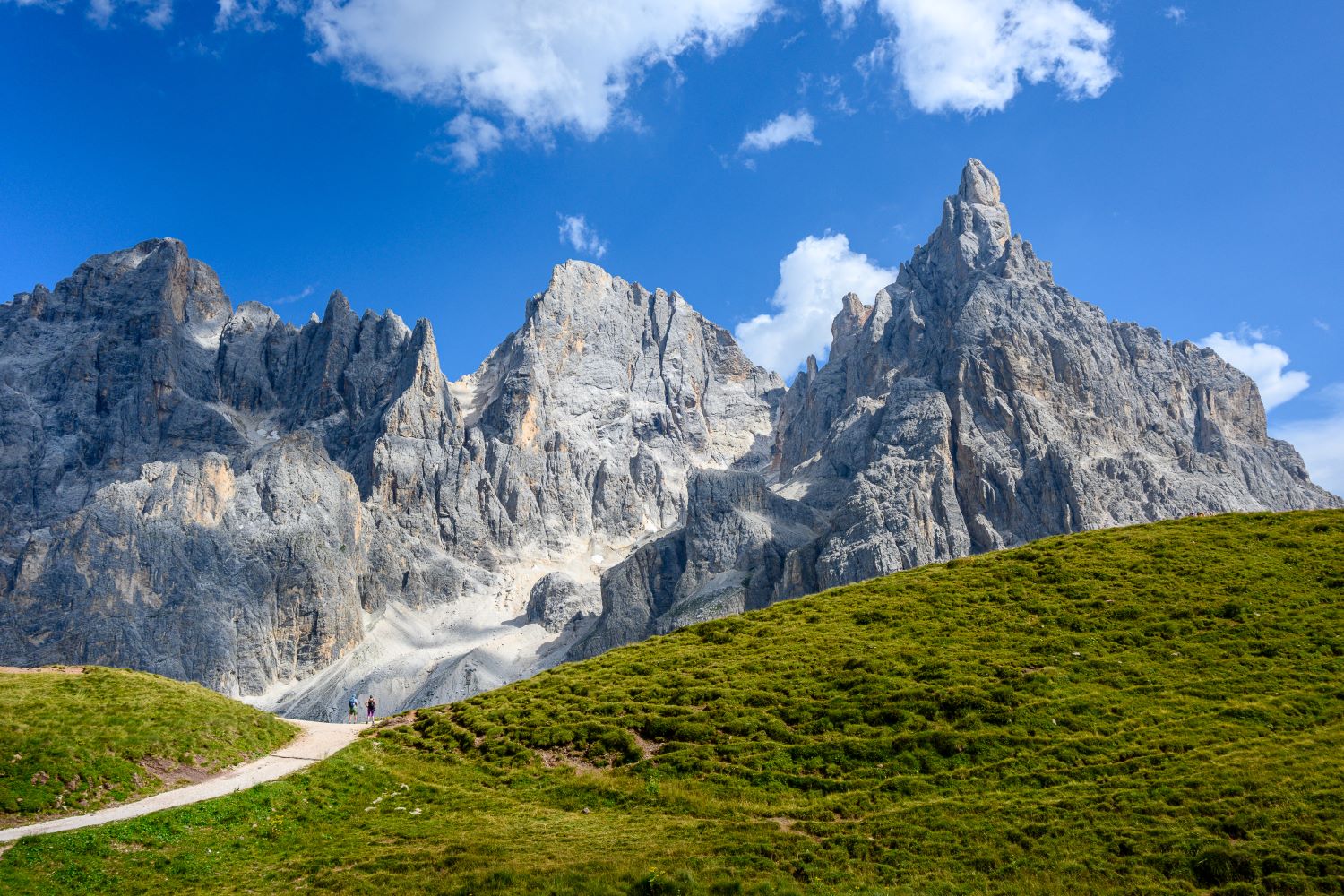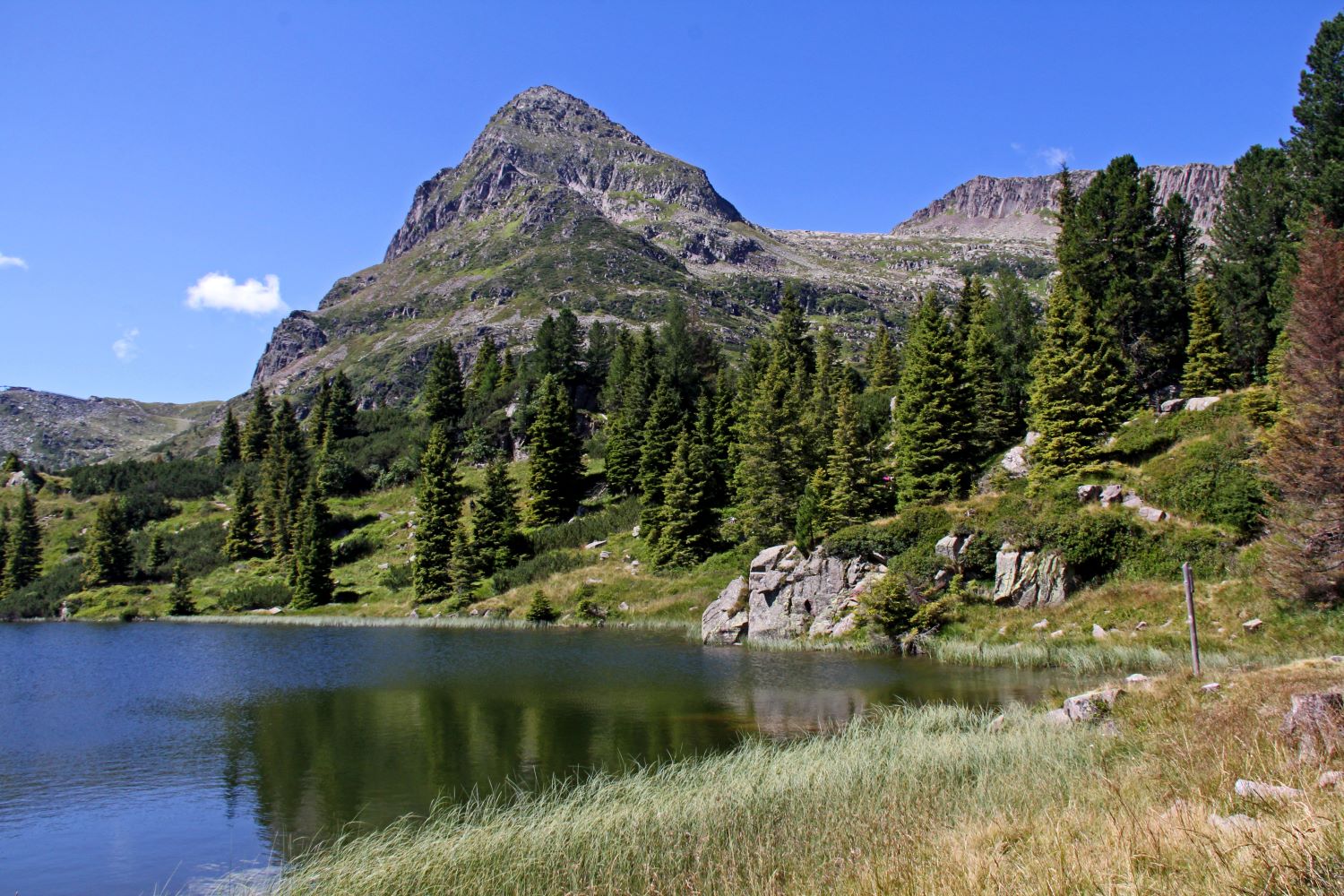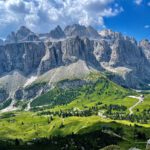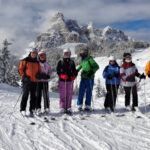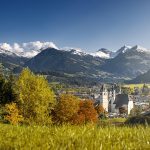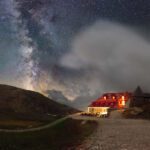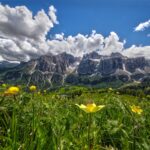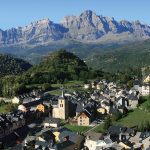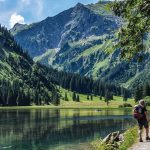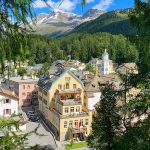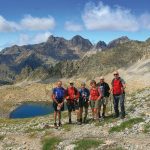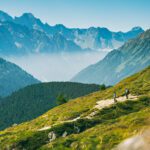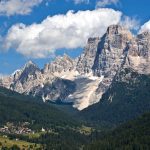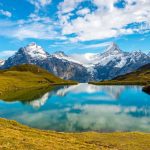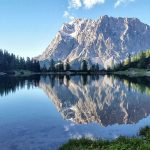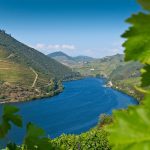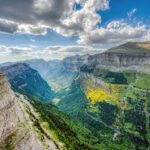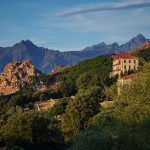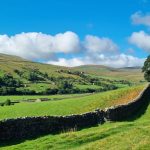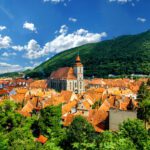This holiday traverses the largest mountain group of the Dolomites on hidden gem routes, which offer wondrous solitude. Overwhelmingly majestic, this is a tranquil paradise for intermediate walkers, who want to be captivated by flora, fauna, staggering rock formations, and the dramatic panoramic vistas from multiple natural viewing platforms.
On a Collett’s hut-to-hut holiday, you do the walking – we handle the rest. With our comprehensive maps and route notes, self-navigation is effortless. Each evening, enjoy the comfort and fabulous cuisine of traditional ‘rifugio’ accommodation, set in uniquely glorious locations. Simply choose your dates, and we’ll create the perfect hut-to-hut walking holiday.
Browse this page for all you need to know about our Pale di San Martino hut-to-hut walking holiday and when you’re ready, click Enquire or Book Now, submit some details, and let our skilled enquiry team help you make this holiday a reality.
At a Glance
21 June – 20 September 2025
(You can start any day)
2-3 people – £1325
4+ people – £1225
Single supplement – £120
Moderate
Expect to walk for 5 – 6 hours each day with between 350m – 1200m of ascent and 250-1850m of descent.
All Hut bookings at half-board (breakfast and dinner included)
B&B Accommodation on your first and last night
Return private airport transfers between Venice Marco Polo or Treviso and San Martino di Castrozza
Holiday pack with comprehensive route notes, maps & more
Digital Map Access for the duration of your trip
Excess baggage storage in San Martino di Castrozza
Please note that packed lunches, tourist taxes (where applicable) and rifugio showers (which cost €3-6) are not included.
This holiday begins and ends in San Martino di Castrozza, nestled at the foot of the Pale plateau. The best option for this holiday is to fly into either Venice Marco Polo or Treviso airport. Private transfers between these airports and San Martino are included at the start and end of your holiday.
Itinerary
Day 1
ArriveTravel to the Dolomites. A private transfer from Venice Marco Polo or Treviso airport to San Martino di Castrozza is included. Located deep in the Dolomites, San Martino has a rich history as one of the oldest alpine resorts thanks to its main attraction – the Pale di San Martino group.
Accommodation: Hotel in San Martino di Castrozza (B&B basis)

Day 2
Ascent to Pale di San MartinoRoute Statistics: 9 km, 1220m ascent, 160m descent
The first hiking day is an ascent to the Pale plateau, using a wide mule track with numerous zig-zags. This track dates back to the end of the 19th century, when San Martino was attracting noble tourists from European capitals. The track was built to allow easy access to the Pale plateau, so while today’s route involves a significant elevation gain, the ascent never gets too steep. If you start walking in the morning, you should reach the hut in the middle of the day – allowing ample time for a rest and an extra optional hike. From the rifugio, the nearby Cima Rosetta peak (2,743m) is within easy reach, a short 160m ascent that offers a breathtaking panorama of the plateau.
Accommodation: Rifugio Rosetta (half board)

Day 3
Cima Fradusta PeakRoute Statistics: 9 km, 460m ascent, 780m descent
Today the trail turns towards the centre of the plateau, taking you towards the Passo Fradusta. Beyond the pass lies a glacier that slides down from the mountain side and into a lake. After a walk around the glacier you may try the eastern path to the summit of Cima Fradusta (2,939m), which on clear days will yield views to the Adriatic coast and Venice.
Accommodation: Rifugio Pradidali (half board)

Day 4
Southern Extremity of the PaleRoute Statistics: 9 km, 480m ascent, 1120m descent
Today you’ll descend from the plateau into warm south-facing valleys. The scenery here is completely new, and covered in beautiful forests. A minor deviation from your route will bring you to the local museum of Pale di San Martino, nestled in a neat, solitary villa. After your rifugio lunch you may embark on a loop trek to Bivacco Minazio – a bivouac at an altitude of 2,250m, and a beautiful, infrequently travelled trail. Not far from the bivouac, you can spot the wreckage of an American military airplane, which crashed into the southern wall of a nearby summit in 1957.
Accommodation: Rifugio Treviso (half board)

Day 5
Across the Pale PlateauRoute Statistics: 10 km, 1220m ascent, 270m descent
Many hikers find today’s trek one of the most exciting day crossings in the Dolomites. The day begins with a short ascent to the plateau, where the trail crosses it from east to west. After it tops a mountain pass, the trail follows the eastern edge of the plateau for stunning views of Civetta and several neighbouring dolomitic massifs. Gradually moving towards the centre of the plateau, the path runs through the unbelievable landscape of the Pale plateau, Altopiano delle Pale, before depositing walkers at the rifugio.
Accommodation: Rifugio Rosetta (half board)

Day 6
Passo RolleRoute Statistics: 9km, 450m ascent, 950m descent
Today you’ll leave the plateau to take a look at it from the outside, on the pass of Passo Rolle. As the trail descends from the plateau down its western bank, a short walk soon brings you to Passo Rolle (1,980m). Near the pass, a vast open meadowland unfolds into one of the best panoramas of the plateau and its famous Cimon della Pala peak. There are great opportunities for photography enthusiasts here, especially from the Castellaz rock, the Val Venegia valley and the Baita Segantini farm.
Accommodation: Rifugio Capanna Cervino (half board)

Day 7
Lagorai and Lakes ColbriconRoute Statistics: 10 km, 360m ascent, 970 descent
On your last hiking day you’ll traverse a range that stretches to the west of Pale di San Martino. This elevated section of the route is known for beautiful views of the plateau. The high-altitude small lakes provide a popular photographic vantage point, and the crest of the range boasts a sweeping panorama of mountains towering over the Colbricon Lakes. The local scenery here is very different from the lunar landscapes of the plateau, and is dominated by a fertile granite massif, rich in vegetation. Consider a rest at the Colbricon Lakes, with perhaps a dip in one of them, before ending the day with a descent to San Martino.
Accommodation: Hotel in San Martino di Castrozza (B&B basis)

Day 8
Departure DayReturn private transfer from San Martino di Castrozza to Venice Marco Polo or Treviso (included). Be prepared for an early start. It’s a 2hr 15min transfer so if your flight is at 11am, we’ll aim to have you collected at 6.45am.

Testimonials
Need to Knows
Minimum Number – This holiday requires a minimum of two people.
Terrain – on a typical hut-to-hut route the terrain varies significantly, but for most of the route you will be hiking through moderately difficult terrains. Exposed trails are not unusual on these routes, but they are widened or properly secured, normally with a metallic cord or chain, so that hikers pass without gear safely. This holiday only use waymarked and signposted routes. Trails vary from well-trodden woodland paths to steeper paths on looser, rocky terrain and in the high mountains a certain level of experience, surefootedness, and fitness are essential. In early season on higher terrain, you might also have to cross patches of late lying snow.
Rifugios – Except for your first and last nights, you will stay overnight in ‘rifugio’ (mountain huts). These generally offer the following facilities: a bed in a shared room or in a private room (these musty be booked in advance and cost £20pp/ night extra, subject to availability), showers with hot water, toilets, meals, and a water supply for refilling water bottles. Snacks such as sandwiches and chocolate are also usually available for sale. Shared rooms are equipped with bunk beds with mattresses, pillows and blankets. Bed linen is not provided in shared bedrooms: you must have a sleeping bag liner (typically, this is simply a light cotton bag). A warm sleeping bag is generally unnecessary, since there are always blankets in the rooms. If you have pre-booked a private room you are often offered bed linen, thus a sleeping bag liner is not required but this will be confirmed when you book. Finally, you will need clean footwear for the huts: light sliders are an ideal solution.
Breakfast & Dinner – Normally, breakfast is served from 7am to 9am. It usually includes unlimited tea and coffee, bread, butter, jam, honey and chocolate spread. In addition, some mountain huts also offer ham, cheese and muesli. You can also fill up your your flask/thermos with hot water or tea at breakfast: ask the staff, and it will be free in most huts. Dinner is usually served at 7pm or 7:30pm for all guests. A typical dinner in a mountain hut is very rich and includes a starter, a first course (such as pasta, risotto, dumplings), a second course (meat with a side dish) and a dessert. Any drinks at dinner (water, wine, beer, tea, coffee) are not included and should be ordered and paid separately.
Lunch – It is often possible to stop for lunch in the mountain huts you pass on the route, but this option is not always available. In such cases we recommend you buy some light snack (sandwiches, yoghurt, chocolate, water) from the hut where you have stayed the previous night. Mountain huts prepare for lunch the same dishes as for dinner. The cost of a typical hot dish, e.g. pasta or risotto, in a mountain hut varies from €7 to €12.
Safety – It is your responsibility to be wear appropriate outdoor clothing, follow good practice safety in the mountains procedures and be realistic when calculating how long the route each day will take you given your fitness, experience. and ability. These self-guided hut-to-hut walking trips are planned so that they do not require specific skills or gear, unless it is clearly specified in the itinerary. You can expect well-maintained trails equipped with direction signs. Exposed sections of the trail are secured on the self-guided routes: it makes them safe provided that you follow the basic safety rules for hiking in the mountains.
Weather – The weather in the Dolomites is most stable from the second week of July till the middle of September. This period in the Dolomites is characterized by warm sunny weather and modest rainfall. Earlier in June, the weather is normally favourable, but it is less reliable, and the mountain passes may be blocked by snow remaining from the winter. In June we may have to change the route depending on the snow situation on the passes. The second half of September in Dolomites is a beautiful period, but the weather is again less predictable: the probability of incessant rain increases, and it may snow at the altitude above 2,000 meters.
It is never hot in the Dolomites at the elevation of 2,000 m and above where most of the hiking routes pass. In a sunny day in August the temperature at 2,000 m can reach 20° Cduring the warmest hours of the day. It is comfortable for hiking. In a cold cloudy day, the temperature can stay at around 10° C during the entire the day. It is always chilly at night and early in the morning. Thunderstorms, often with hail, are typical for the warmest months (July and August). In the Dolomites valleys at the altitudes of 1,000 – 1,500 m the day temperature can reach 27° C. It is fresh in the valleys in the morning and evening, and it is not stuffy at night even in the hottest weeks of the summer.
ETIAS – The European Travel Information and Authorisation System is not due to be introduced until mid-2025. Currently there is not an exact date as to when it will come into force. This means you do not need to have a ETIAS for travel to Europe at the moment. For more information read our blog article here
Booking Conditions – be sure to read our full terms and conditions here before booking.
At Your Own Risk – please read the important notes here.
Travel Advice – check your government’s travel advisory for up-to-date information and advice about your destination. For UK citizens, check the latest Foreign, Commonwealth & Development Office advice here.
Passport & Visa – any questions should be directed to the relevant embassy of your destination country; find out more here. It is your responsibility to be in possession of a full passport, valid for your chosen destination.
Travel Insurance – having adequate and valid travel insurance is a condition of booking with us. Details of our insurance partner, Campbell Irvine, are here.
Health Information – You should carry either an European Health Insurance Card (EHIC) or a Global Health Insurance Card (GHIC) Neither is an alternative to adequate travel insurance. For more information visit https://www.gov.uk/foreign-travel-advice and https://travelhealthpro.org.uk/
ABTA – Independent travel advice and help is always available from ABTA by calling 020 3117 0599 or visiting www.abta.com.
